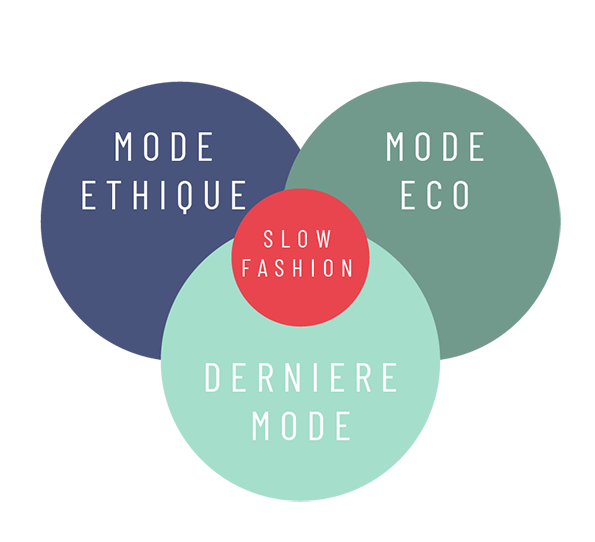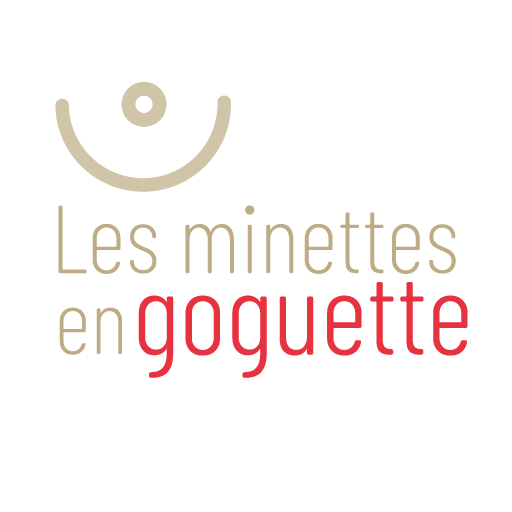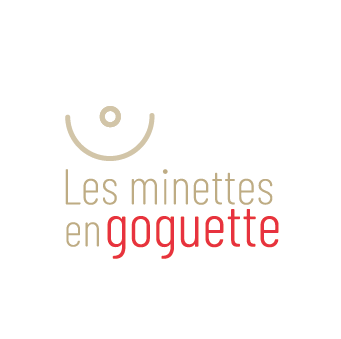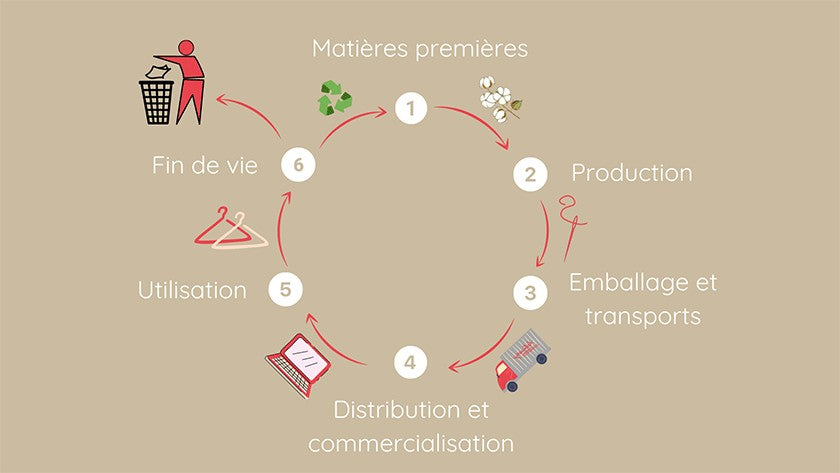What is slow fashion?


At Les Minettes en Goguette, we have talked a lot about sustainable fashion in our articles and posts. This is a subject that is essential for us. We thought it was time to talk to you about slow fashion in a little more detail!
This “slow” movement concerns fashion but not only: it also exists in the fields of food, cosmetics or sex. It is a committed global movement where the consumer gets involved in the search for good information and no longer solely guided by mass marketing.
So, how does this movement apply in fashion?
Fast fashion


Fashion today is increasingly described as “fast fashion”. This is a reflection of our consumer society : we always want more, as soon as possible. To meet this demand, brands go out and produce large quantities of clothing, without necessarily taking into account the workers or the resources of our planet.
This rate of renewal leads to high production in the factory. This has devastating consequences on several levels: social, health, environmental, etc.
For example, for more profitability, workers' wages are low and constantly revised downwards. According to Fairwear Foundation, for a T-shirt at 29 euros, only 18 cents goes to factory workers in China.
On top of that, fashion's carbon footprint amounts to 1.2 billion tonnes of CO2!
This is why a new way of consuming has been emerging for some time: slow fashion.
Slow fashion
Slow fashion is the opposite of fast fashion. A totally different way of looking at consumption! The goal is to buy better quality clothes to wear them longer.
She encourages us to consume in a thoughtful way , according to our lifestyle and our needs, to avoid compulsive purchases (like the pretty evening dress that we only wear once).
Slow fashion corresponds to eco-responsible fashion . It aims for the long term to produce clothes that do not have a negative impact on the planet. This involves several elements: a slower production rate (for example in pre-order), materials from organic farming, better waste and water management , etc.
In addition to ecology, slow fashion advocates ethical production, where workers are adults, have decent wages and hours.
For this, brand transparency is essential in order to control the impact of production on the planet and our health.
Here is a small definition of the terms “fast fashion” and “slow fashion”!
According to Oxfam, 70% of our wardrobe is never worn, and the equivalent of a dumpster of clothes is thrown away every second in the world. It is therefore necessary to change the way we consume before in order to be in accordance with our ethical and ecological values!!


So, how to adopt slow fashion concretely? I will tell you more about it in the next article…?





Leave a comment